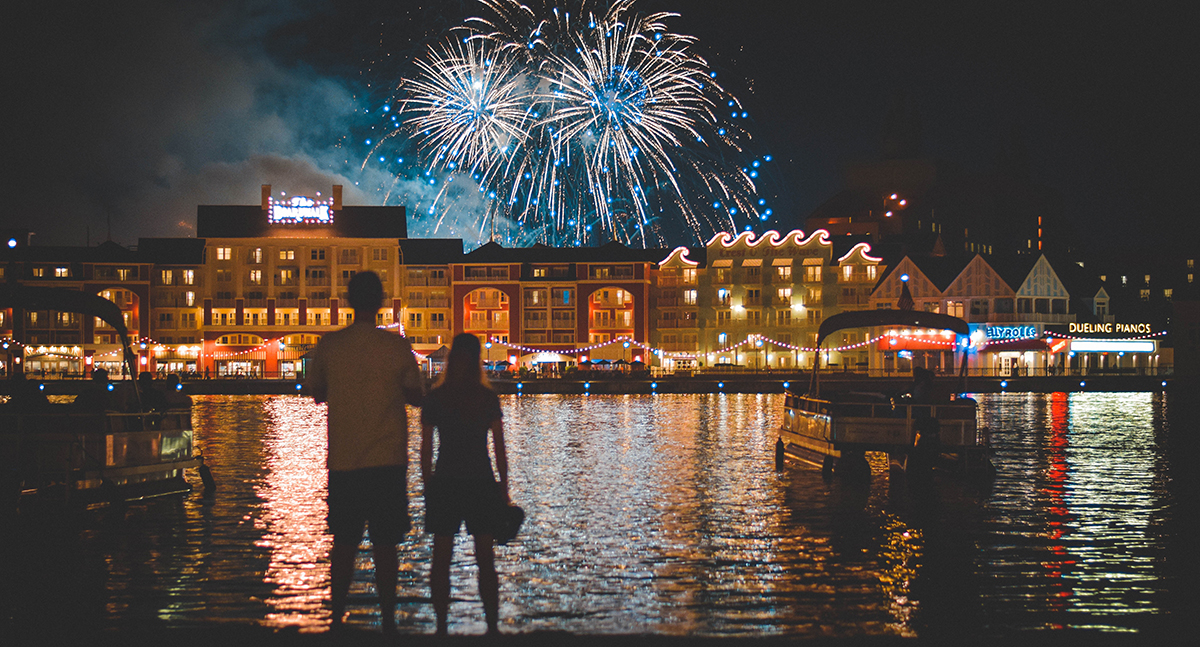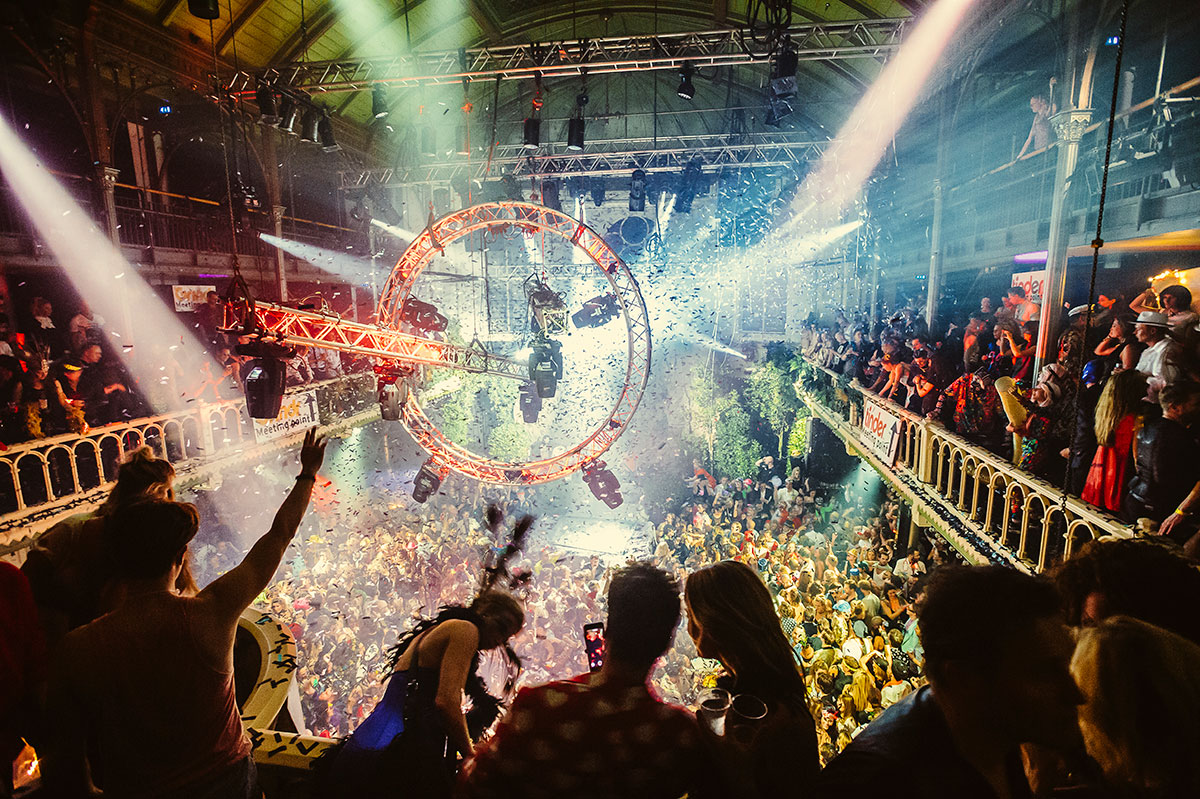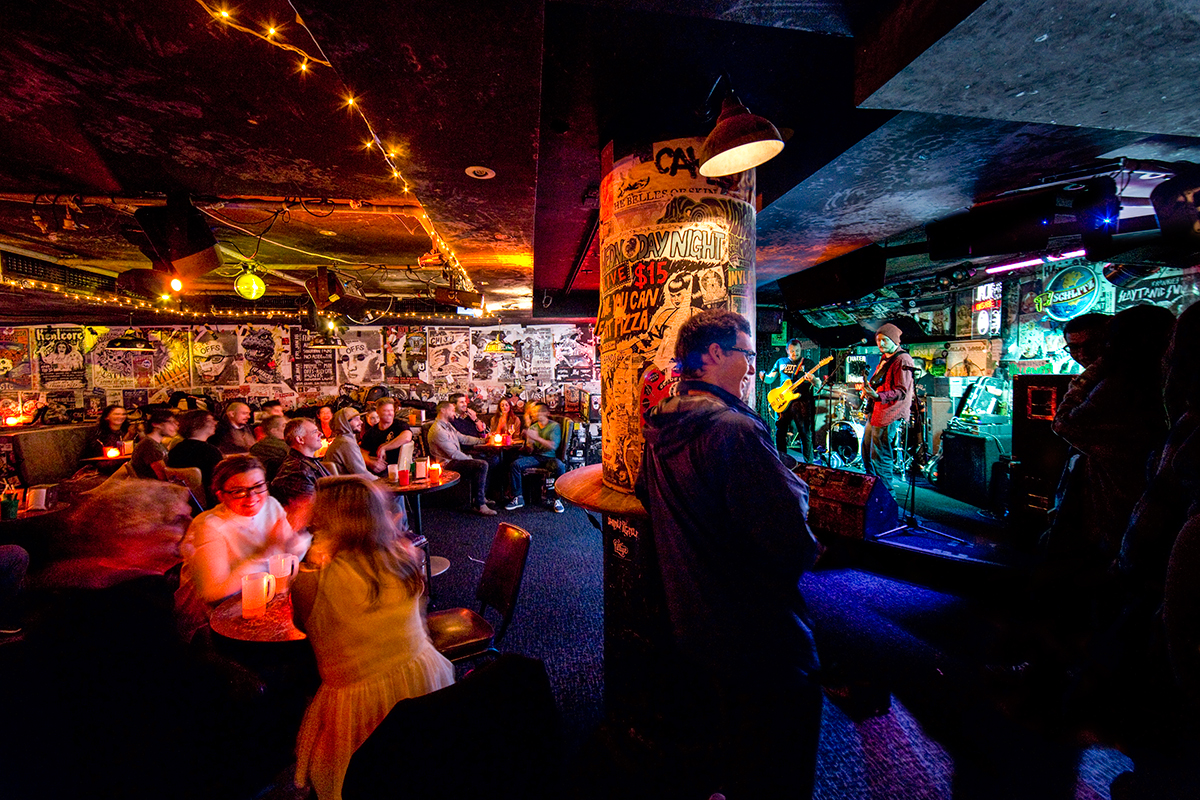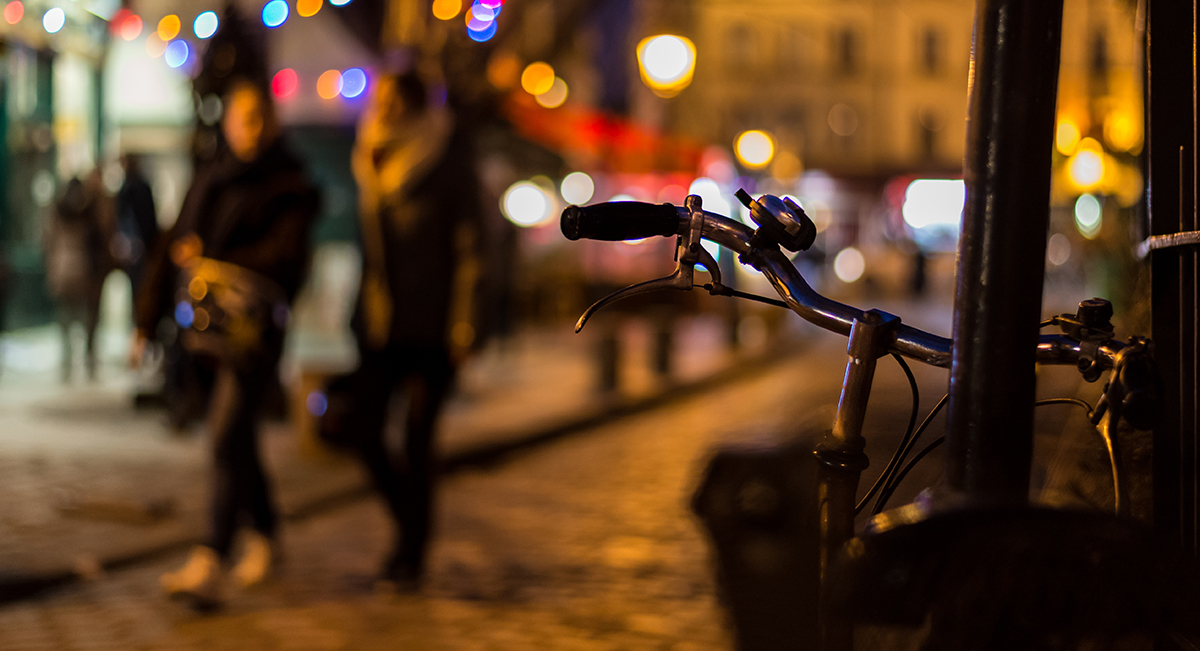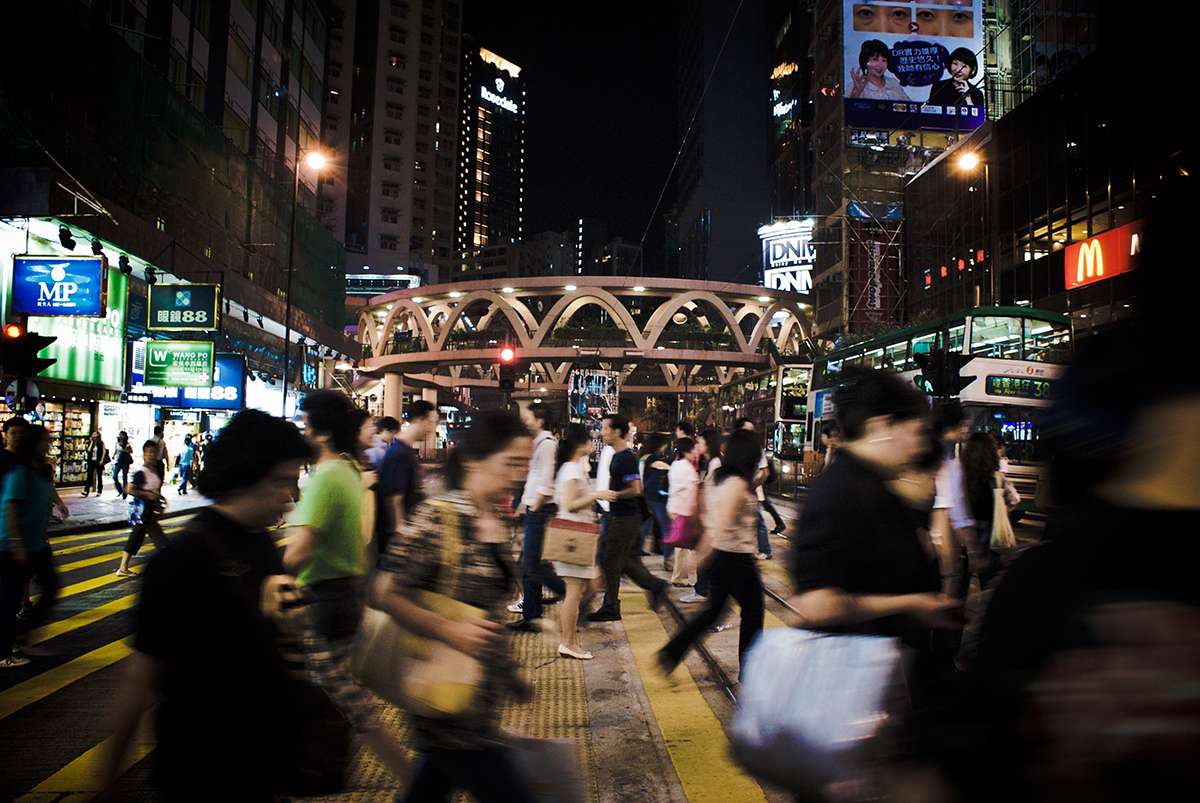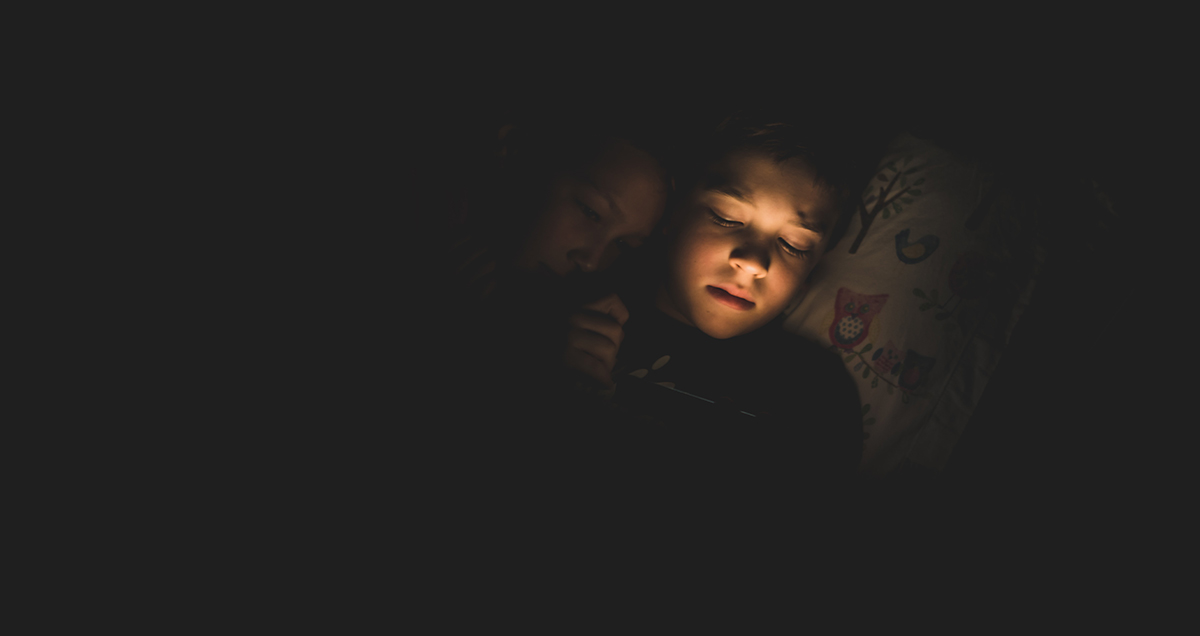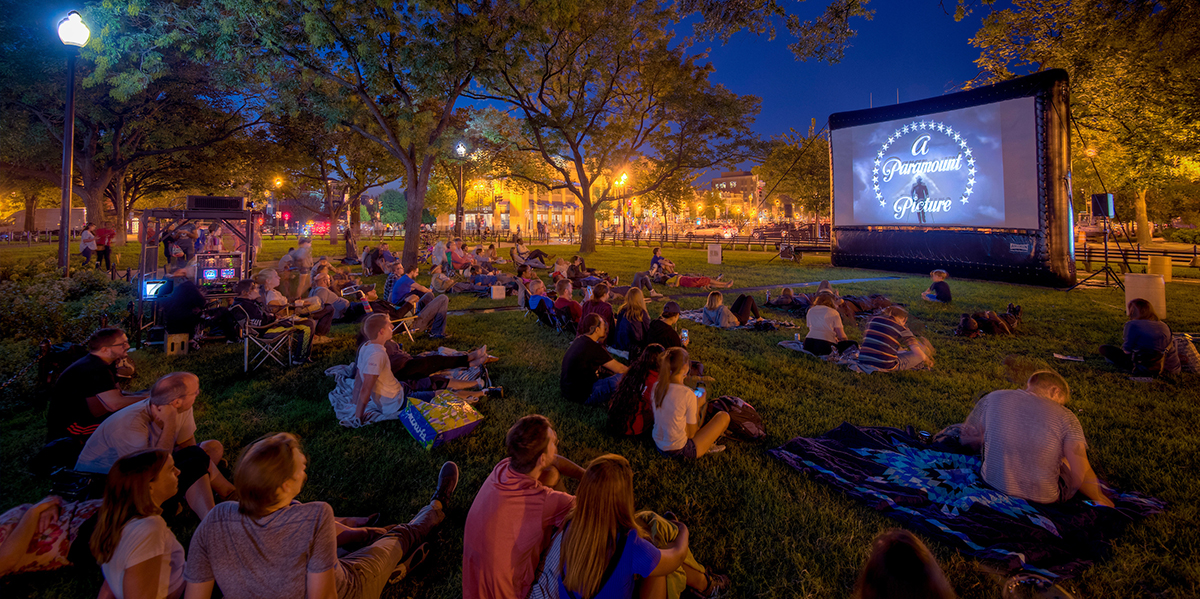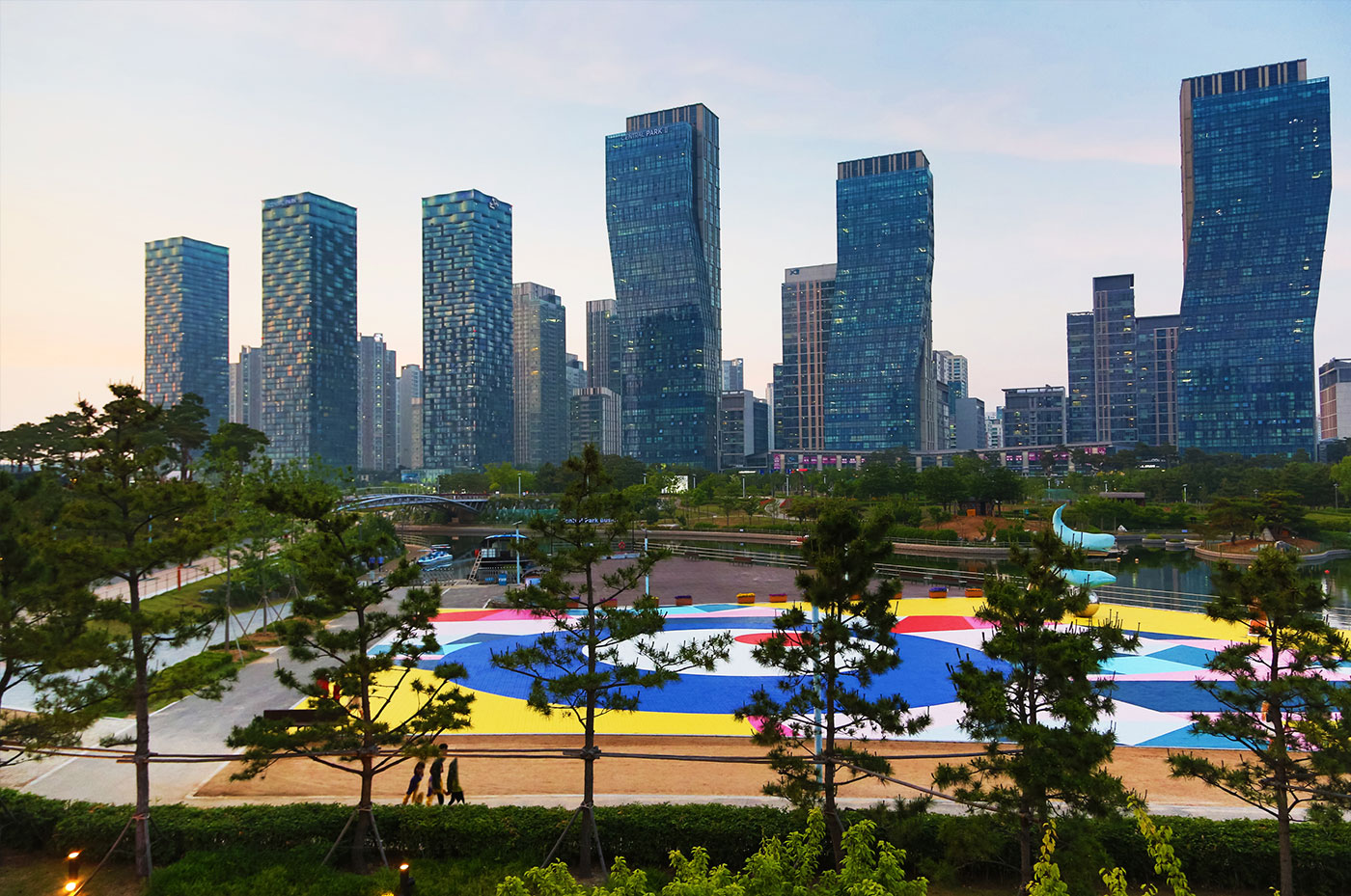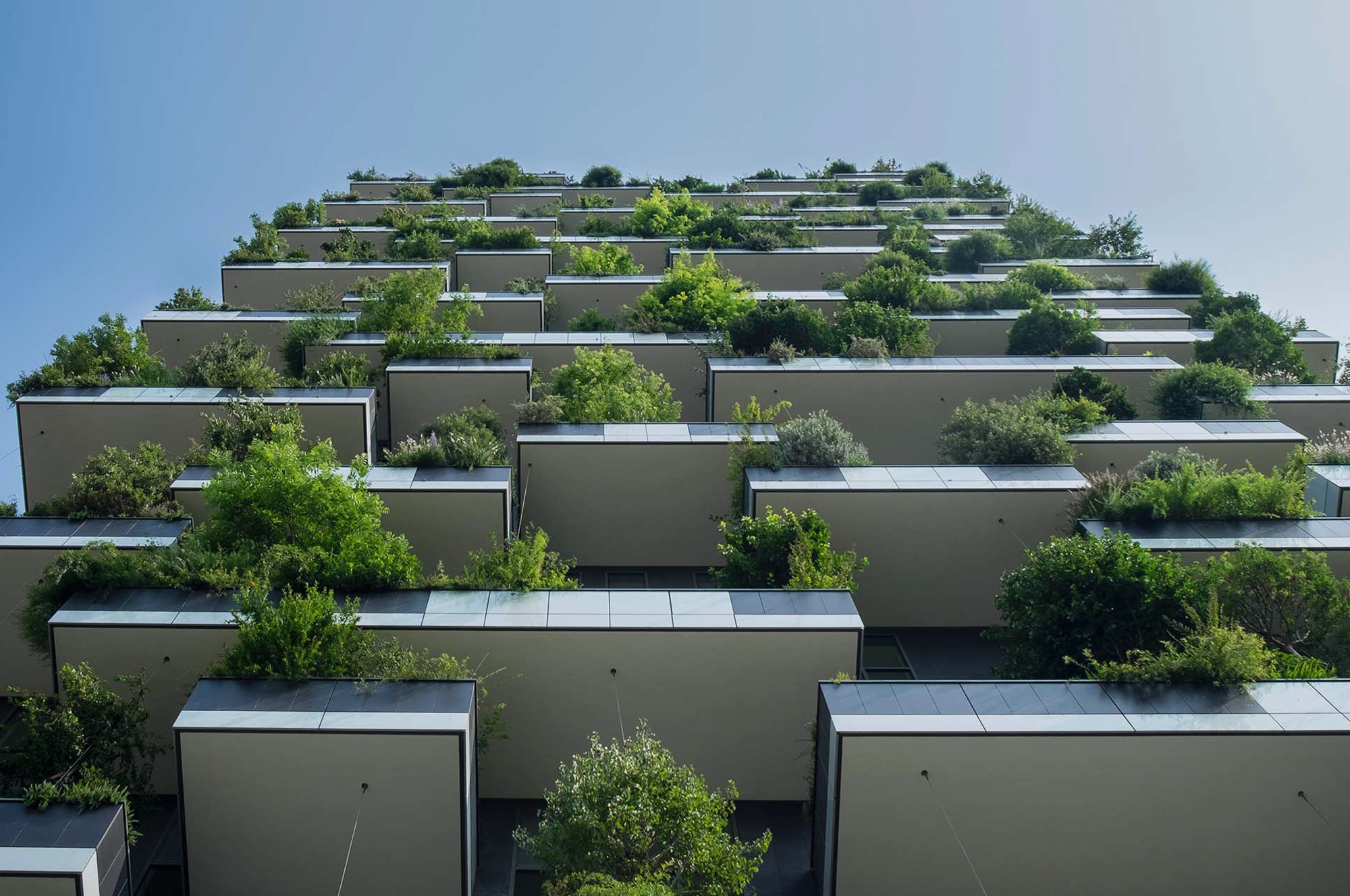Août 26, 2019
For years, Downtown Orlando has been one of the city’s, and the region’s go-to entertainment destinations. Unlike its biggest competitors; Disney Springs (formerly known as Downtown Disney) and Universal Orlando’s City Walk which, for all intents and purposes, were planned-developments backed by seemingly endless budgets, Downtown Orlando over the years has been “retrofitted” to accommodate…
Août 26, 2019
The nightlife of Buenos Aires is one of the attractions that both Porteños and visitors, value the most. Our city has one of the largest cultural circuits in Latin America, comprised of public, private, and independent activities. More than 400 bookstores, 150 theaters, and thousands of bars and restaurants make Buenos Aires a vibrant city…
Août 26, 2019
Los Angeles is often referred to as the entertainment capital of the world. This is not surprising given that the city is the center of the nation’s film and television industries, and offers a wide variety of activities, events, and amusement attractions for locals and tourists alike. However, this means little to residents in underserved…
Août 26, 2019
The urban night has been a place for cultural innovation for many decades. Entire social and cultural streams have been created through artistic communities breaking the rules and experimenting with different forms of expression. Music is one of the best examples of how a genre can influence the way how people think, dress, and act.…
Août 26, 2019
All great cities must find a way to create and maintain a vibrant, exciting night time economy while balancing the needs of local residents and keeping everyone safe. In Sydney, we’re charting that course with a vision developed over the last decade, which puts residents, businesses, and visitors – as well as world-wide best practices…
Août 26, 2019
Cities around the world are experiencing a cycling revolution. In the face of congestion, rising commute costs and climate change, more and more urbanites are choosing the bicycle as a form of transportation. From smaller cities, such as Halifax, Canada, who just last month installed their first ever protected bike lane, to sprawling metropolises, such…
Août 26, 2019
A fresh approach to environmental design after dark aims to increase social and physical activity in public space—addressing both day and night workers. The intended outcome is better health, in part, through walkability and economic vitality. Nighttime design is a time-based discipline that addresses complex conditions, from dusk to dawn, through education, research pilots and…
Août 26, 2019
In the week in which I write this article, the internet searches feeding my blog on night-time culture have brought me news of wide-ranging developments around the world. In Ireland, the cities of Cork and Dublin announced plans to extend and promote late-night openings for art galleries and museums, in an effort to improve the…
Août 26, 2019
“We have to be there at ungodly hours, before transit even beings or long after it ends.” That is how one airport worker described her nighttime shifts to me back in 2016 when I was interviewing workers and union representatives across a wide variety of sectors. A key finding in my own interviews with workers…
Août 26, 2019
A city’s nighttime activities need to reflect the population it serves. Government officials, community leaders, and residents must collaborate to support and promote diverse and inclusive nighttime activities for diverse communities such as people from different backgrounds, people who identify as LGBTQ+ and people with disabilities. One of Washington, DC’s prime cultural events is Art…
Juil 23, 2019
The world is experiencing three massive transitions in the urban space – the rollout of greenfield cities, the decarbonization of our energy system, and a profound mobility revolution that is fundamentally changing how goods and people move through cities. This Big Picture explores how these three transitions are changing the urban landscape and the way…
Juin 04, 2019
Promoting Affordability, Health, and Community Most of the housing that has been built, and continues to be built, is premised on lifestyles, technology, and demographics of the past. As a result, a lot of the housing is unnecessarily expensive, unsustainable for the planet, unhealthy for its inhabitants, and not the type of housing today’s urbanites…
